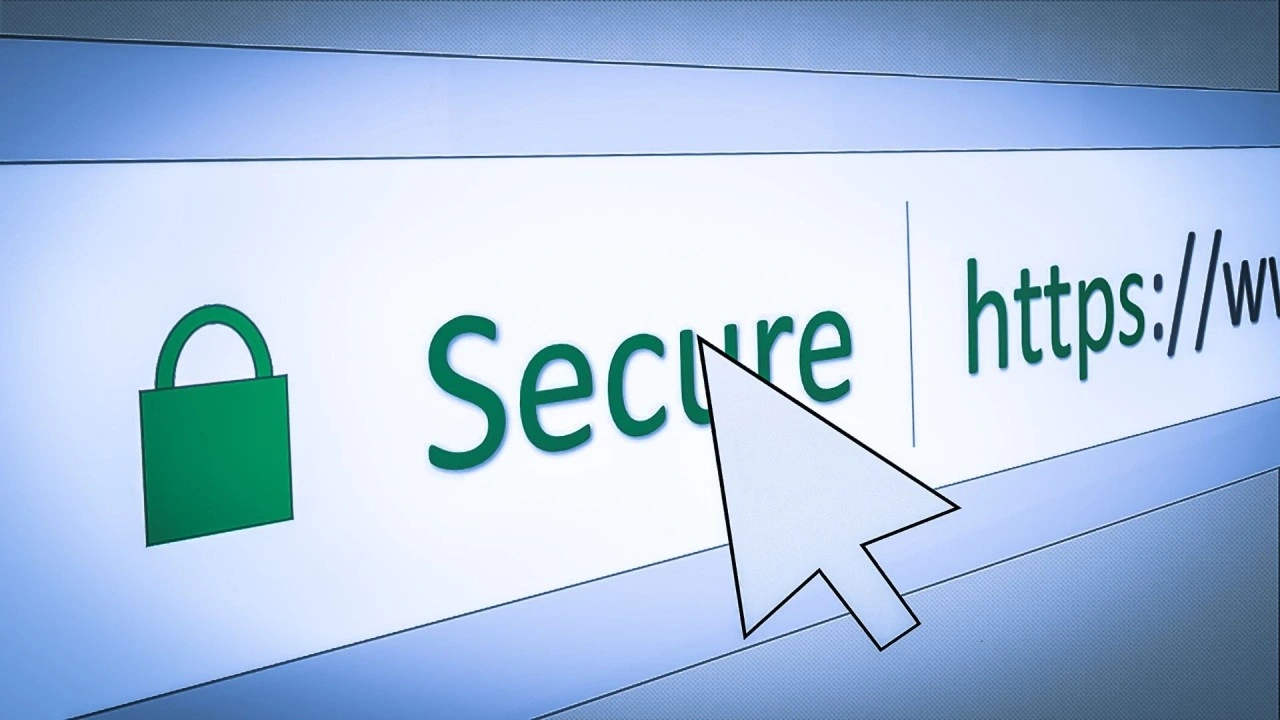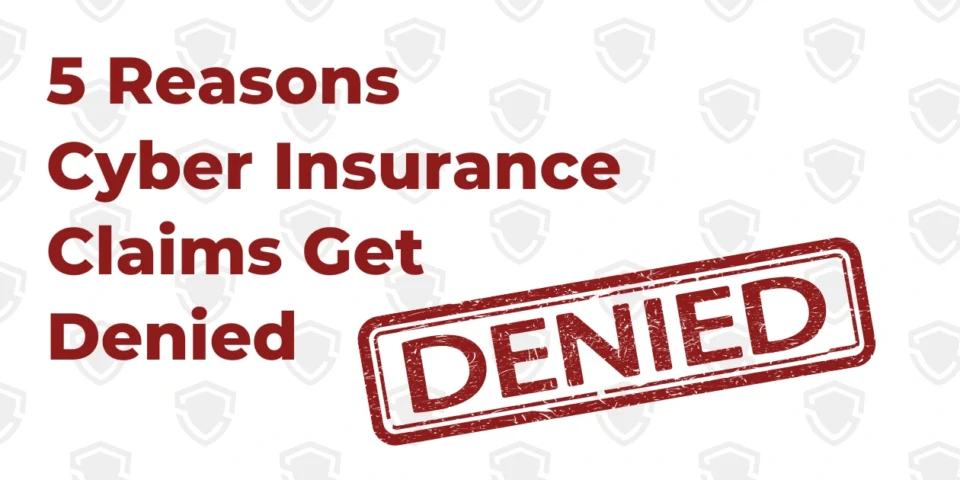How to Be Safe on the Internet
Internet safety isn’t just about knowing how to use your devices, it’s about feeling confident and secure while you’re online. With increasing cyber threats and concerns about privacy, understanding how to protect yourself is more important than ever. In this blog, we’ll share tools and resources to help you improve your internet safety, help you to protect your personal information.
Internet Safety Tips
Stay Informed on the Latest Security Threats and Trends
Regularly follow credible cybersecurity sources, like these tech tips, to stay informed on the latest threats, such as phishing scams, malware, and ransomware, as well as best practices. Need a starting point? We recommend subscribing to our blog.
Understand and Use Privacy Settings
Take the time to explore and configure the privacy settings on all your digital accounts and devices. This includes social media platforms, smartphones, and applications. Adjust settings to minimize data sharing and exposure to the public or untrusted entities. We have a few resources to further expand on this topic:
Practice Strong Password Hygiene
Use complex and unique passwords for each of your accounts to prevent unauthorized access. Consider using a password manager to securely store and manage your passwords. Additionally, enable multi-factor authentication (MFA) wherever possible to add an extra layer of security. We have some additional tips you can check out in A Guide to Password Security Best Practices.
Learn How to Recognize Phishing Attempts
Beware of phishing attacks, a common tactic used by cybercriminals to steal personal information. Learn to spot suspicious emails, links, and messages that may try to deceive you into sharing sensitive data. Be cautious of unexpected requests, watch for misspellings or wrong domains in emails, and avoid clicking on links or attachments from unfamiliar sources. Check out this great resource from Microsoft, How to Protect Yourself from Phishing.
Regularly Update Your Software and Devices
Keep your operating systems, applications, and security software up to date. Software updates often include patches for security vulnerabilities that have been discovered since the last update. Regular updates can protect you from being exploited by cyberattacks that target these vulnerabilities. Learn more tips about keeping your device up to date and in good shape here: 8 Habits to Maintain a Healthy Computer.
Enhancing Your Online Safety
Improving your digital literacy, especially in internet safety and online safety, is essential for protecting yourself in the digital world. By staying informed and following these tips, you can reduce the risk of cyber threats!




